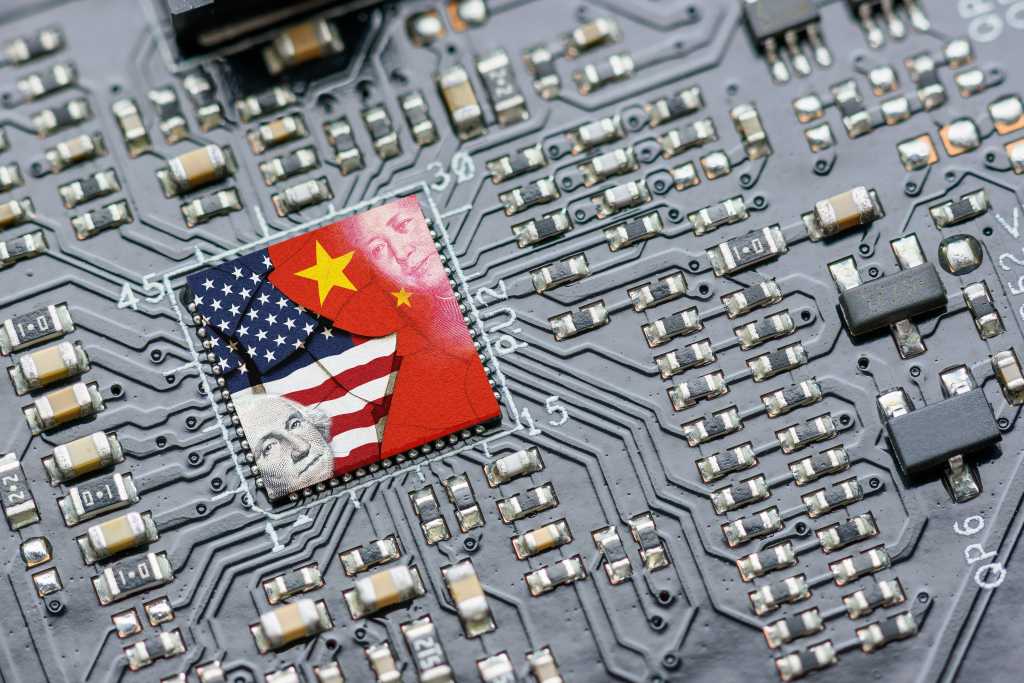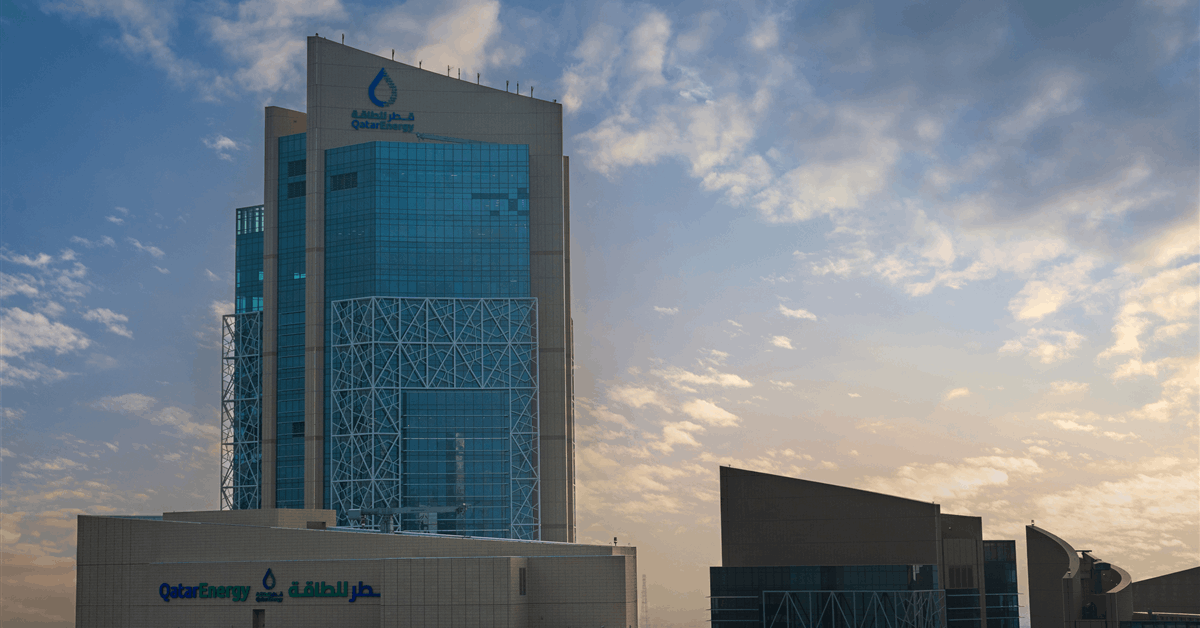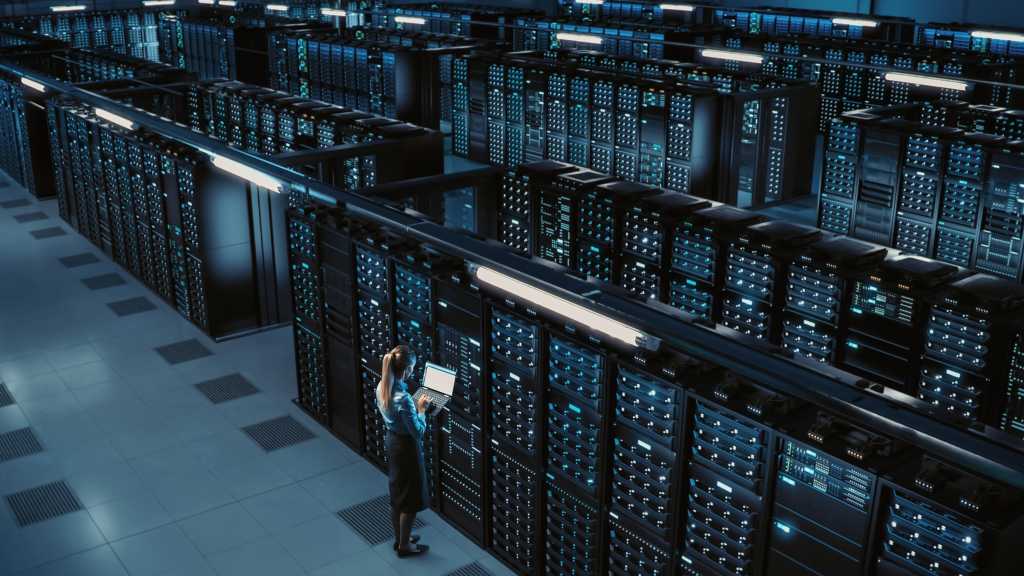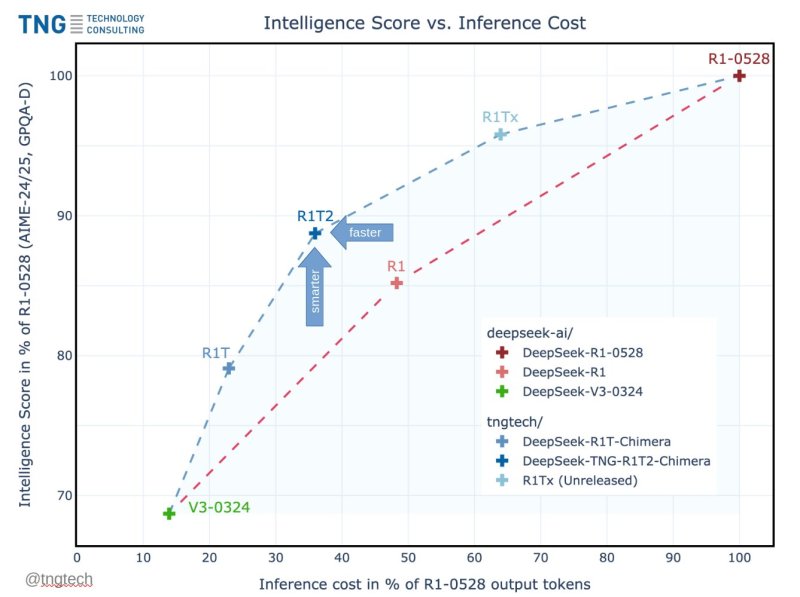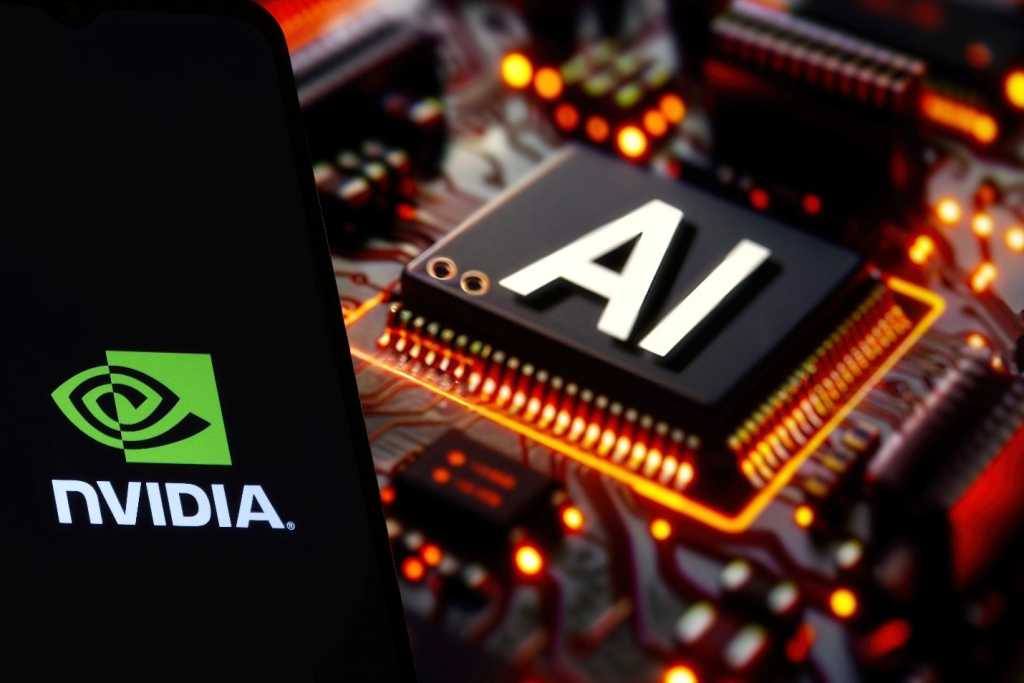
The deployment, Kimball said, “brings Dell quality to the commodity space. Wins like this really validate what Dell has been doing in reshaping its portfolio to accommodate the needs of the market — both in the cloud and the enterprise.”
Although concerns were voiced last year that Nvidia’s next-generation Blackwell data center processors had significant overheating problems when they were installed in high-capacity server racks, he said that a repeat performance is unlikely.
Nvidia, said Kimball “has been very disciplined in its approach with its GPUs and not shipping silicon until it is ready. And Dell almost doubles down on this maniacal quality focus. I don’t mean to sound like I have blind faith, but I’ve watched both companies over the last several years be intentional in delivering product in volume. Especially as the competitive market starts to shape up more strongly, I expect there is an extremely high degree of confidence in quality.”
CoreWeave ‘has one purpose’
He said, “like Lambda Labs, Crusoe and others, [CoreWeave] seemingly has one purpose (for now): deliver GPU capacity to the market. While I expect these cloud providers will expand in services, I think for now the type of customer employing services is on the early adopter side of AI. From an enterprise perspective, I have to think that organizations well into their AI journey are the consumers of CoreWeave.”
“CoreWeave is also being utilized by a lot of the model providers and tech vendors playing in the AI space,” Kimball pointed out. “For instance, it’s public knowledge that Microsoft, OpenAI, Meta, IBM and others use CoreWeave GPUs for model training and more. It makes sense. These are the customers that truly benefit from the performance lift that we see from generation to generation.”

